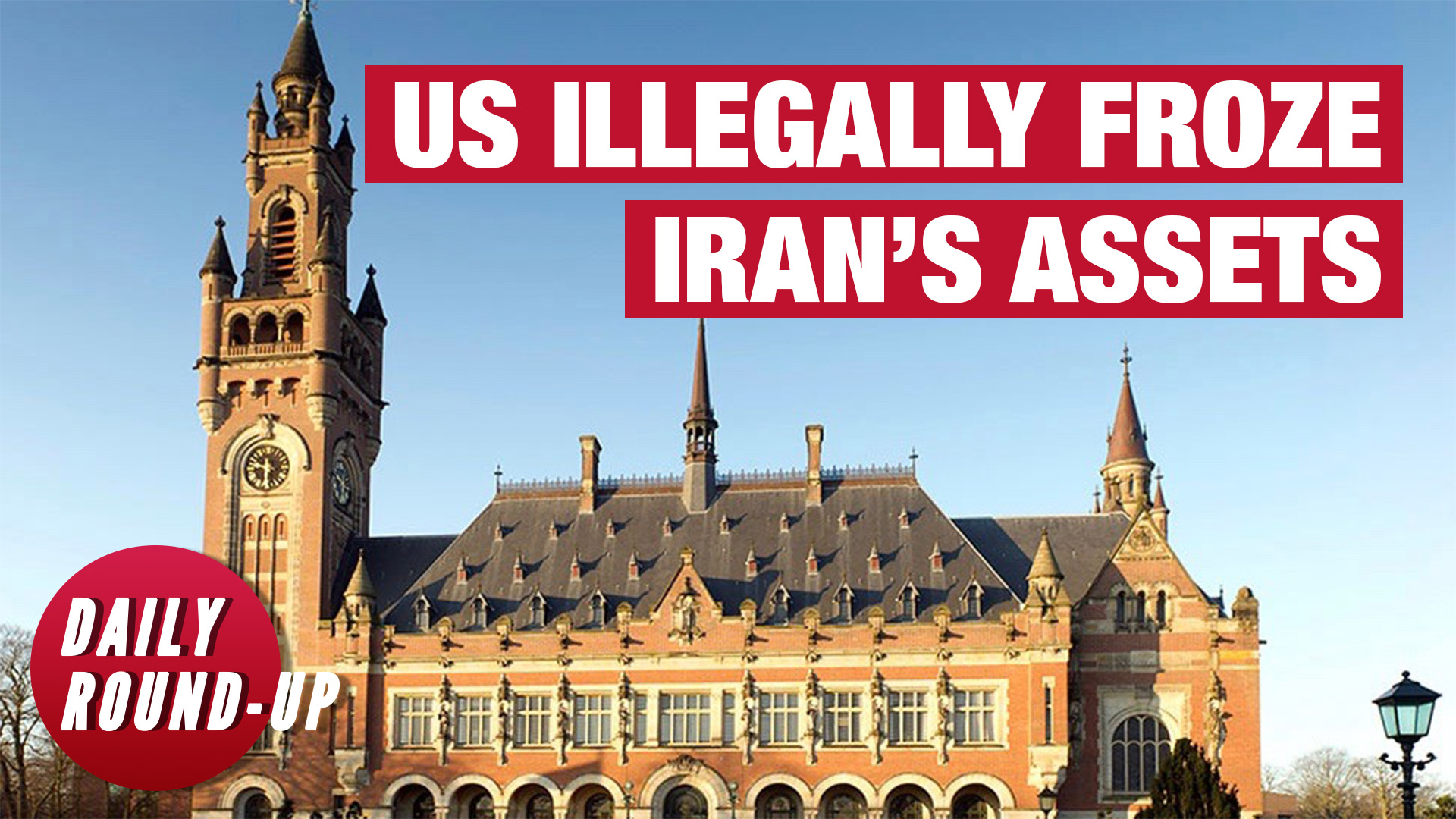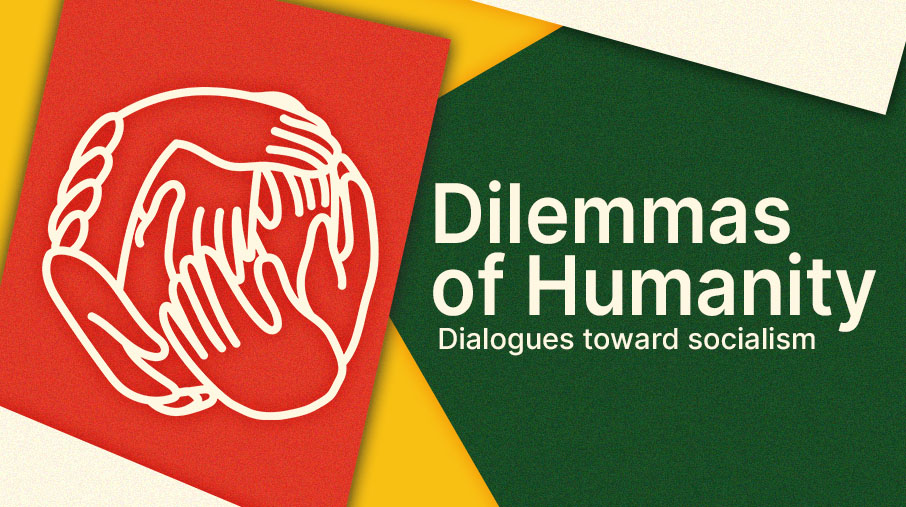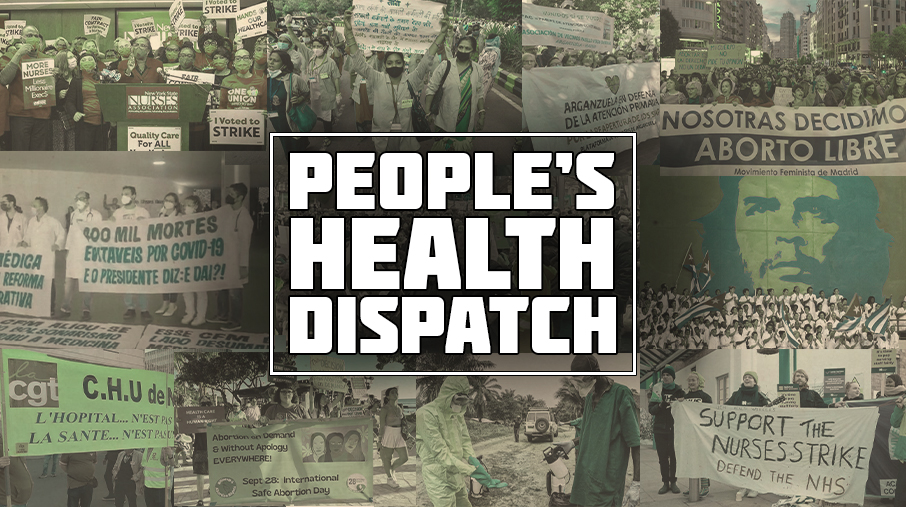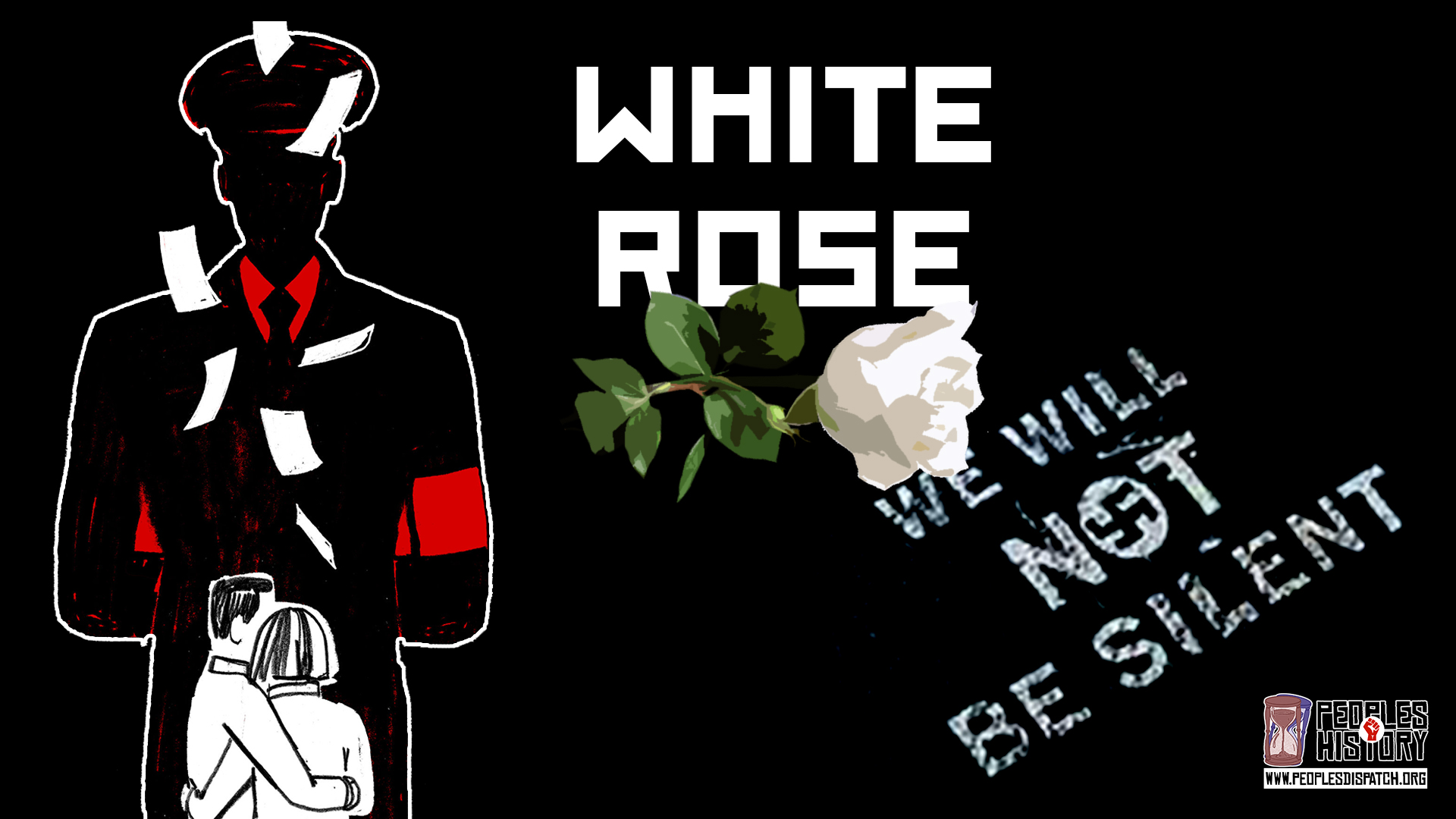 Lobbies give ultra-processed food corporates new avenues to influence food policy
Lobbies give ultra-processed food corporates new avenues to influence food policy
New research illustrates the complex web of ultra-processed food (UPF) producers and influence groups, and their influence on food and health policy making worldwide
 Childhood obesity, the COVID-19 pandemic, and ultra-processed foods in Brazil
Childhood obesity, the COVID-19 pandemic, and ultra-processed foods in Brazil
The COVID-19 pandemic has increased the price of healthy food, increasing consumption of cheap, poor-quality products in Brazil
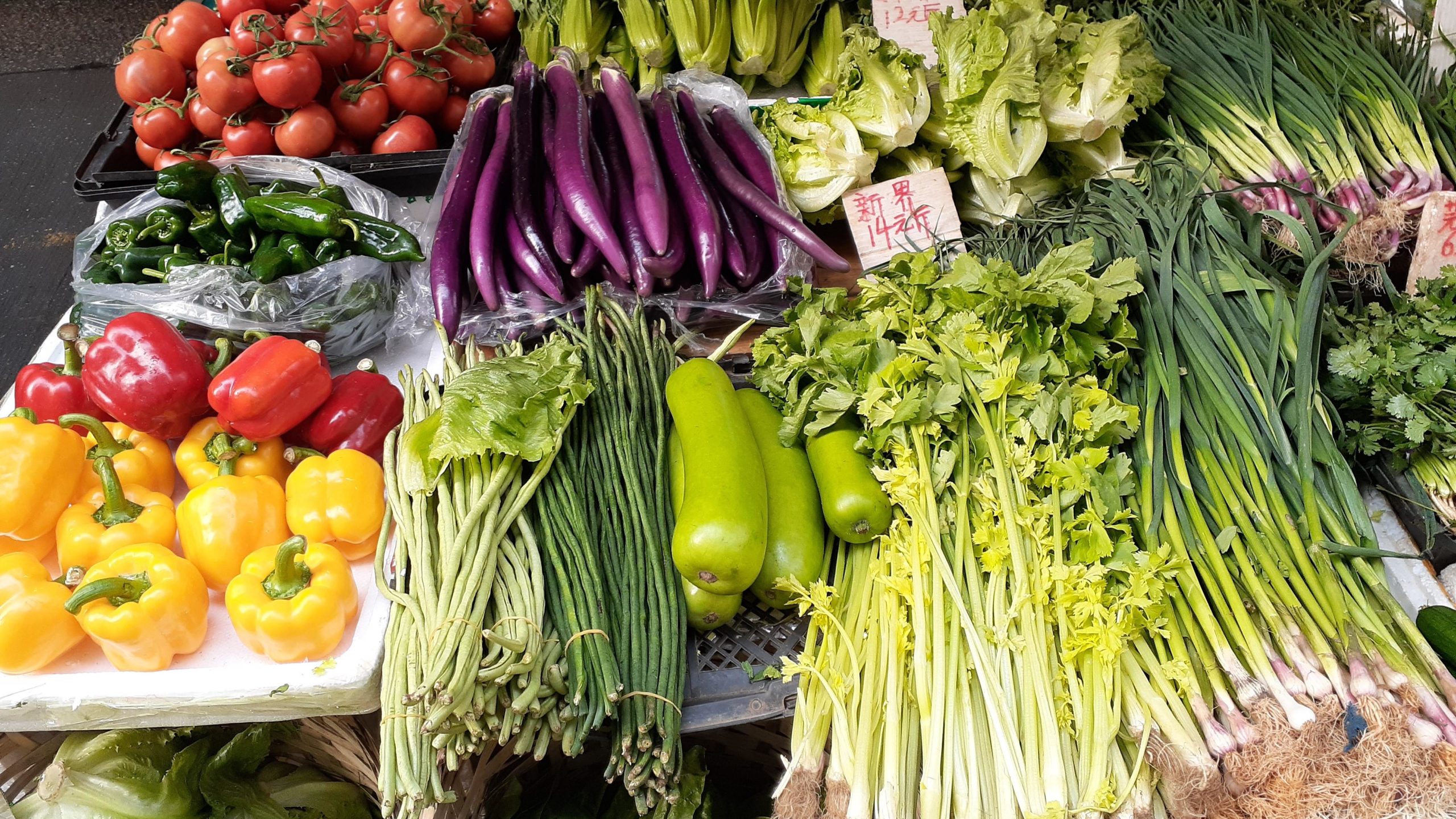 FAO warns about true cost of corporate food systems
FAO warns about true cost of corporate food systems
A new FAO report warns against the high hidden economic and health costs of the world’s food systems, adding up to around USD 12 trillion in PPP terms, which is about 10% of the global GDP. These costs involve environmental damage, contributing to social inequalities, and harming human health
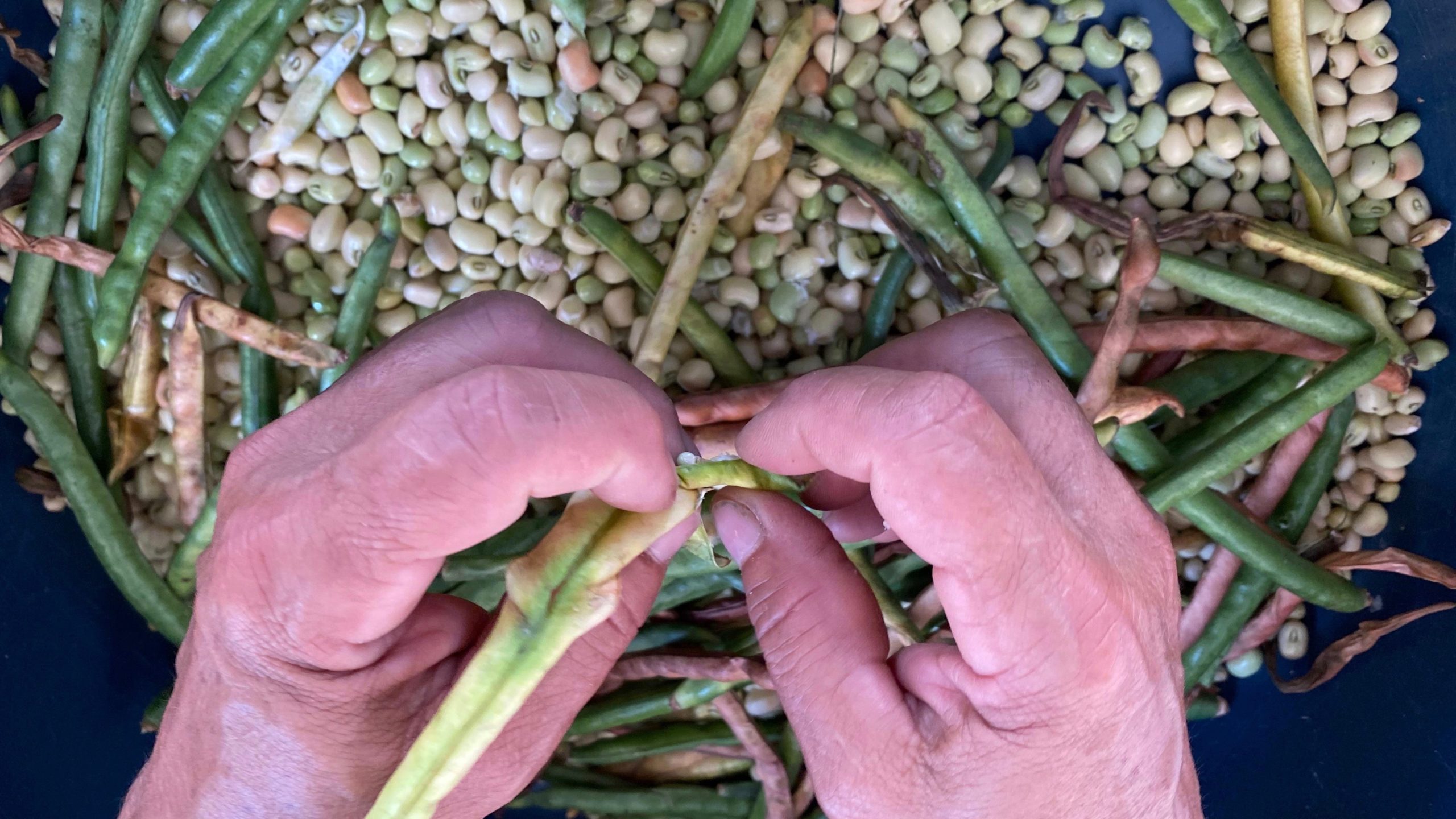 Tackling malnutrition in an era of political uncertainty: the case of Brazil
Tackling malnutrition in an era of political uncertainty: the case of Brazil
After achieving notable successes in the area of nutrition by 2014, Brazil faces vulnerabilities, as effects of economic crises and Bolsonaro’s pro-corporate policies
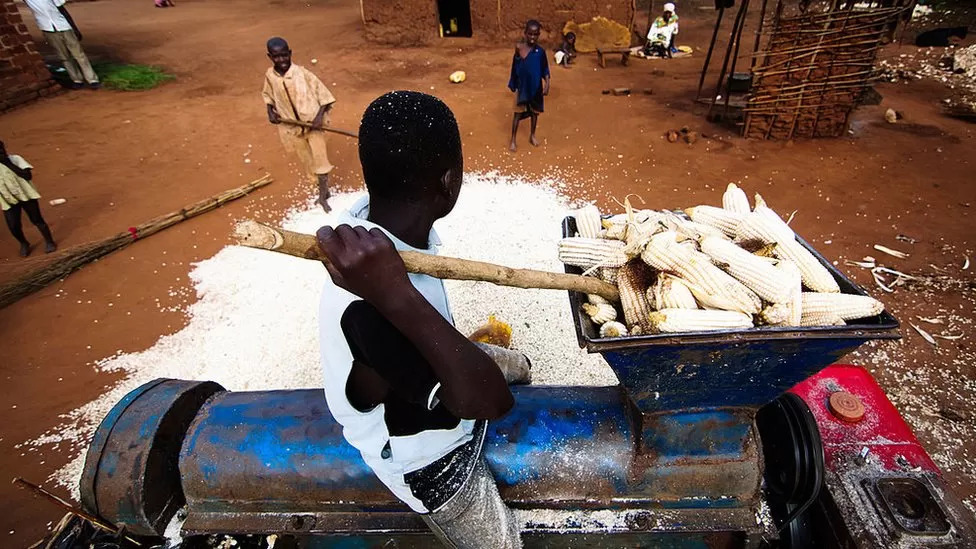 The socialist solution to soaring prices of Zambia’s staple food
The socialist solution to soaring prices of Zambia’s staple food
The unchecked price rise of Zambia’s staple maize meal is forcing a reduction of nutritional intake in a country with one of the highest malnutrition rates in the world
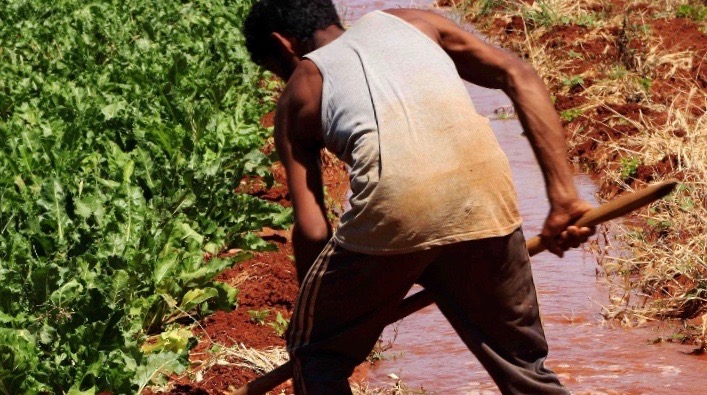 Global hunger remains far above pre-pandemic levels, claims FAO
Global hunger remains far above pre-pandemic levels, claims FAO
Asia and Africa continue to be the hotspots for global hunger while Latin American countries were able to reduce hunger significantly. Developed countries in North America and Europe also witnessed a slight rise in food insecurity in 2022
 One in five children in Pakistan is suffering from wasting, says UNOCHA report
One in five children in Pakistan is suffering from wasting, says UNOCHA report
10.5 million people in 43 vulnerable districts of the country are facing acute food insecurity. Within this population, around 2.1 million individuals are in the emergency phase, while 8.4 million are in the crisis phase
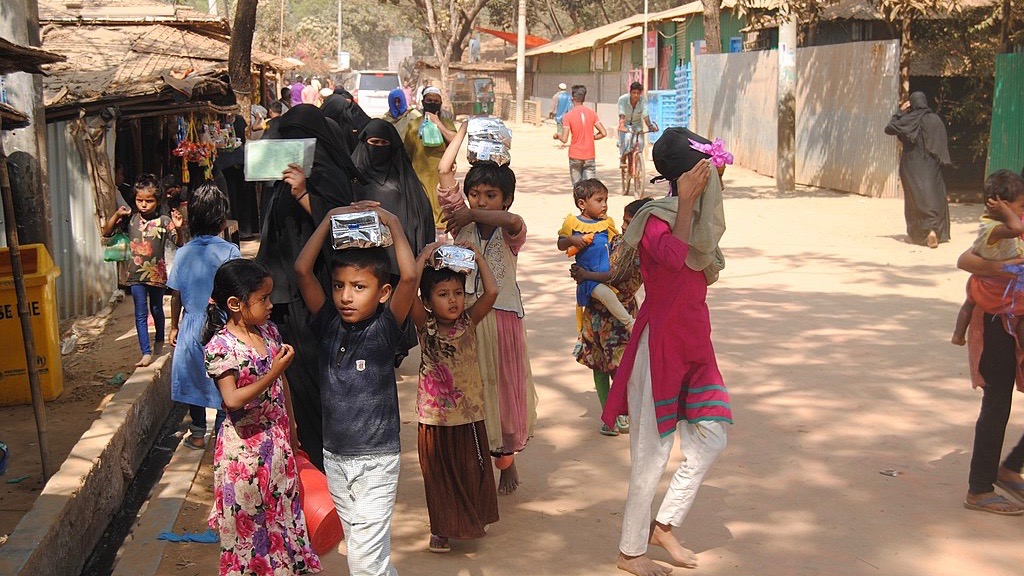 UN experts condemn second round of food aid cut for Rohingya refugees
UN experts condemn second round of food aid cut for Rohingya refugees
The cut will affect approximately 1 million Rohingya refugees living in camps in Bangladesh’s Cox’s Bazar
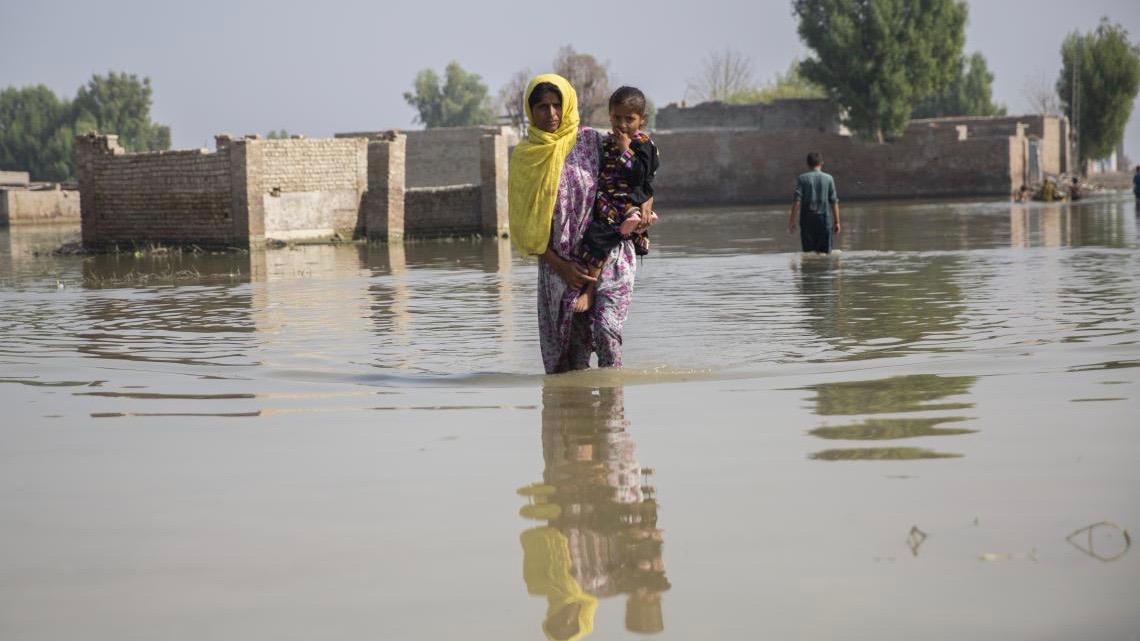 Over 10 million in Pakistan lack access to safe drinking water
Over 10 million in Pakistan lack access to safe drinking water
Six months after catastrophic floods devastated one-third of Pakistan, a large number of people have no alternative but to use and drink potentially disease-ridden water. Tens of thousands of impoverished, hungry children are fighting a losing battle against acute malnutrition and water-borne diseases, says UNICEF
 Food for thought: The UN Decade of Action on Nutrition at the WHO
Food for thought: The UN Decade of Action on Nutrition at the WHO
The WHO Executive Board is evaluating progress on the Decade of Action on Nutrition 2016-2025 as the world struggles with rising levels of hunger and malnutrition
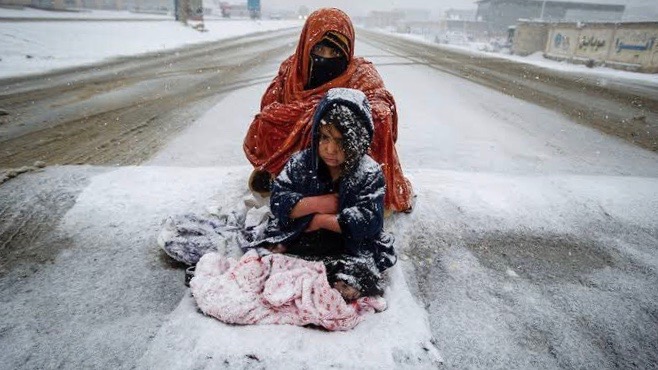 A severe cold wave is freezing the already starving people of Afghanistan
A severe cold wave is freezing the already starving people of Afghanistan
Over the past two weeks, the freezing cold has reportedly killed at least 70 Afghans and over 70,000 livestock. The freezing temperatures have worsened the plight of Afghans who are already facing an economic crisis
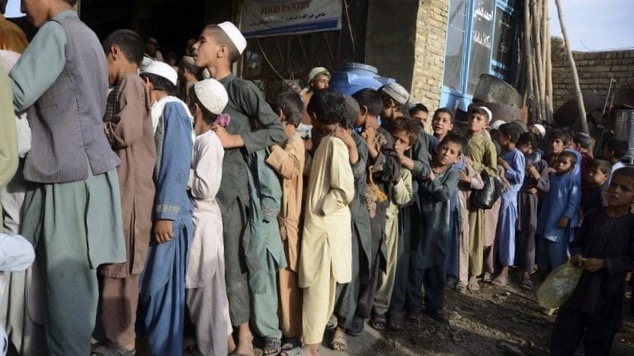 20 million Afghans experiencing acute food shortage: IPC
20 million Afghans experiencing acute food shortage: IPC
“With 38% of the population targeted for humanitarian food assistance, nearly 20 million people – representing half the country’s population – is still experiencing high and critical levels of acute food insecurity,” IPC’s findings note


